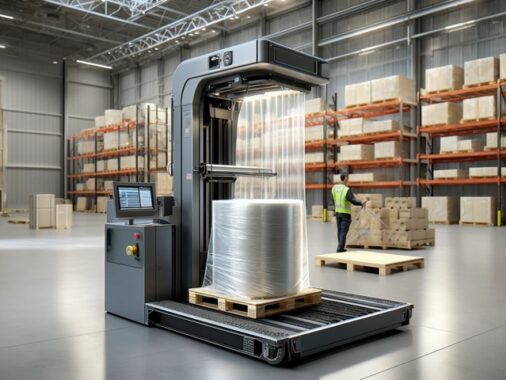In the realm of business, where the product is king, packaging might just be the throne on which it sits. Not only does the right packaging protect your product, but it also communicates its value, reinforces your brand, and can even influence purchasing decisions. With so many options and suppliers available, it’s imperative to select packaging supplies that align with your business’s goals, values, and budget. This guide dives into the crucial considerations when choosing packaging supplies for your enterprise.
1. Understand Your Product
Before you even think about the packaging, it’s essential to have a deep understanding of your product.
- Size & Weight: Opt for packaging materials that can adequately support the product’s weight and dimensions.
- Fragility: Fragile items might require bubble wrap, foam inserts, or other protective measures.
- Perishability: Products like food or cosmetics might need airtight or refrigerated packaging.
2. Consider Sustainability
Today’s consumers are increasingly environmentally conscious.
- Eco-friendly Options: Consider using recyclable or compostable materials.
- Minimise Waste: Opt for packaging that uses minimal material without compromising protection.
3. Reinforce Brand Identity
Your packaging is a visual touchpoint for your customers.
- Colors & Logo: Ensure your packaging colors align with your brand’s theme and prominently feature your logo.
- Quality: Premium products benefit from high-quality, tactile packaging that reflects their value.
4. Factor in Cost
While you want the best packaging, you also need to be cost-effective.
- Bulk Purchasing: Buying in large quantities can often lead to significant savings.
- Custom vs. Standard: Custom packaging can be pricier but offers a unique unboxing experience. However, off-the-shelf solutions are often more economical.
5. Stay Updated with Trends
Packaging trends can influence customer perceptions and expectations.
- Interactive Packaging: Some brands are introducing QR codes that lead to product tutorials or stories.
- Minimalist Design: Simplistic, clean designs are in vogue for many industries.
6. Prioritise User Experience
Think about the customer’s experience from receiving the package to opening it.
- Ease of Opening: Nobody likes a package that’s impossible to open.
- Return-friendly: If you operate an e-commerce business, consider packaging that’s easy to reseal in case of returns.
7. Evaluate Suppliers
All suppliers are not created equal.
- Reliability: Ensure the supplier has a track record of timely deliveries.
- Quality Control: Ask about their quality control processes to avoid receiving subpar materials.
- Customisation: Some suppliers offer customisation options, from the material and size to printing and design.
8. Legality and Compliance
Especially for items like food, medicine, or cosmetics, legal regulations dictate packaging requirements.
- Labeling: Ensure your packaging displays all necessary information, from ingredients to safety warnings.
- Safety Measures: Some products might require tamper-evident or childproof packaging.
9. Adaptability and Future Growth
As markets evolve and product lines expand, it’s important for businesses to ensure their packaging is adaptable.
- Scalability: Choose packaging that can be easily scaled up or down based on demand fluctuations.
- Flexibility: If you plan to introduce new products, consider packaging that can accommodate slight variations without a complete redesign.
- Test and Iterate: Periodically review the effectiveness of your packaging. Seek feedback from customers and be willing to make necessary adjustments.
- Tech Integration: As technology advances, think about how it might integrate with your packaging. For instance, the rise of smart packaging, which incorporates tech elements like NFC (Near Field Communication) chips, allows users to interact with products in new ways.
Selecting the right packaging supplies is a blend of functionality, aesthetics, and strategy. It’s not just about wrapping your product; it’s about presenting it in a way that resonates with your brand and audience. With careful consideration and attention to detail, the right packaging can elevate your product, creating a memorable experience for your customers and bolstering your business’s success.






